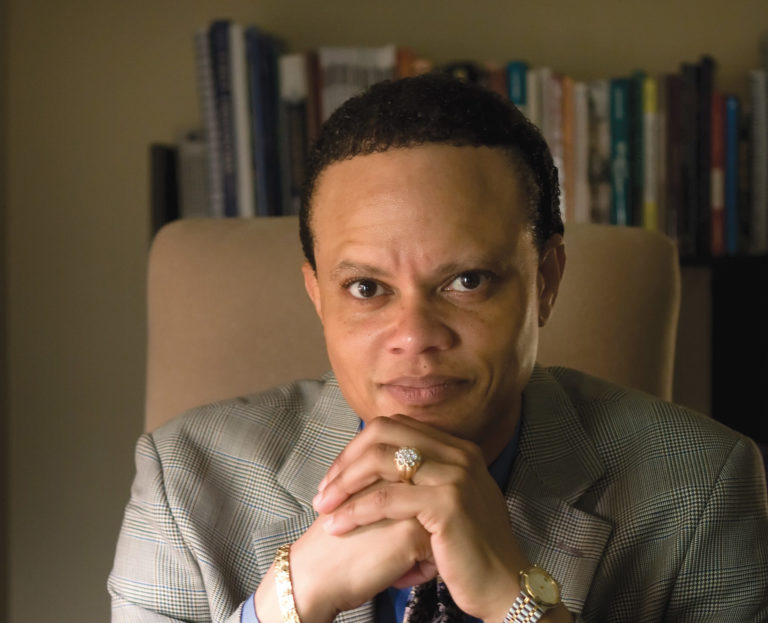In the University’s 13th J.J Millican Ethics Symposium, Oklahoma Christian invited author, attorney and scholar Hannibal Johnson to speak about the Tulsa Race Massacre last night.
A video shown at the beginning of the event detailed the facts of the massacre and thoroughly explained its impact on American society today. The short film harped on the idea of how “injustice plus time does not equal justice.” This sentiment was reiterated by Don Millican, son of J.J Millican, who sponsored the event and introduced Johnson on stage.
“A fundamental component of ethical behavior and integrity is owning up to your own failures,” Millican said. “Not blaming them on other people, not sweeping them under the rug. In this case, the failure [is] of our white community in 1921 and in these ensuing years when we had no real interest in uncovering. Some failure was not just 100 years ago.”
Johnson wrote the book “Black Wall Street: From Riot to Renaissance in Tulsa’s Historic Greenwood District,” where he outlines the four stages of the massacre: roots, riot, regeneration and renaissance.
Setting the tone for the massacre, Johnson spoke about lynching in America as more than just hanging, but as domestic terrorism, sparking fear and panic within the black community.
“The point is not simply to harm the person but to send a message to the group which that person belongs about their relative worth and their place in society,” Johnson said. “That’s why lynching is domestic terrorism.”
After contextualizing the racial tension in America at this time, Johnson described the details of the massacre itself.
In1921, a 19-year-old black shoeshiner, Dick Rowland, stepped into an elevator alone with a 17-year-old white woman, Sarah Page. The elevator slightly malfunctioned, causing Page to scream. While Page had no desire to press charges, the Tulsa Tribune released an article the next morning with the headline “Nab Negro for Attacking Girl in Elevator,” implying Rowland had sexually assaulted the girl.
While Rowland managed to escape the violence, over 1,000 white men attacked the Greenwood district in Tulsa, burning down homes, rampantly murdering and ultimately destroying the community. This area, called “Black Wall Street” by Booker T. Washington and others, lost $1.5 to $2 million from the riot according to Johnson, approximately $25 million in today’s money.
Approximately 300 deaths later, the city of Tulsa was not helpful in rebuilding, Johnson said. Still, many black people affected by the massacres did not move, but stayed in tent cities and began to rebuild.
“It also emphasizes the incredible character of the people in the Greenwood district,” Johnson said. “In the face of all that, they said essentially, ‘We shall not be moved. We’re staying here, we’re going to rebuild, we’re going to rebound, we’re going to show you.’ And they did just that.”
While Johnson cites “the Walmartization of America” to the plight of the current state of the Greenwood district, it became successful again in the 1940s, Johnson said. Still, “Black Wall Street” was never the same.
In a short Q&A afterward with President John deSteiguer, Johnson answered a question about reparations. While he did not speak about reparations in a monetary sense, he said “the first step is simply to know” about the history of the oppressed in America.
“Sometimes we need a little discomfort to make us acknowledge our reality,” Johnson said. “Because our past is present. We have to hear stuff like that and realize that it has a real and lasting impact not just in the moment, but into the future.”












Be First to Comment